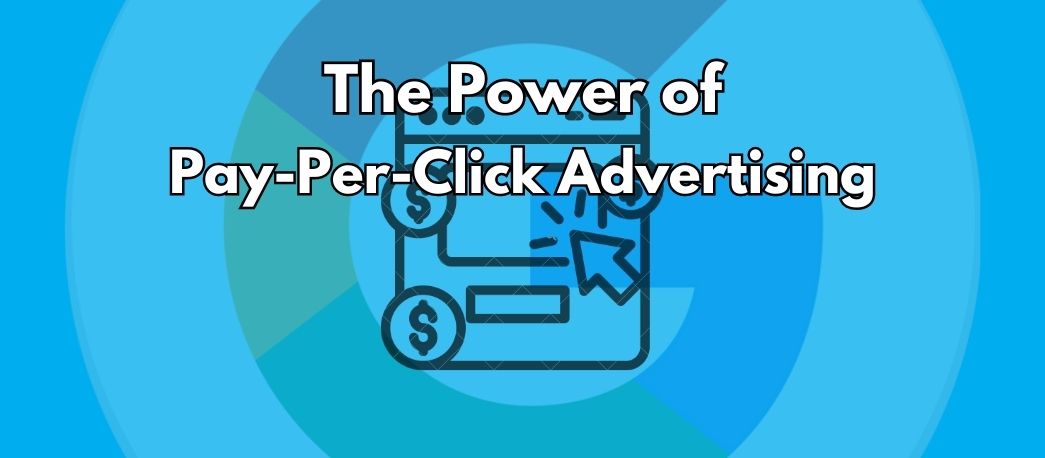In today’s ever-changing digital landscape, businesses must leverage every available tool to stay ahead of the competition. Pay-per-click (PPC) advertising is one such tool that can help drive targeted traffic to your website and boost your online presence. However, running a successful PPC campaign requires careful planning, execution, and ongoing optimization. In this post, we’ll explore ten powerful strategies for maximizing the effectiveness of your PPC campaigns and generating a high ROI. Whether you’re a seasoned marketer or a new business owner, read on to learn how PPC advertising can transform your business.

Set Clear Goals:
The first step to a successful PPC campaign is to set clear objectives. Define your campaign’s purpose, whether it’s lead generation, increased sales, or brand exposure. Set realistic goals, such as a target conversion rate or click-through rate (CTR). A clear understanding of your objectives will guide all your subsequent decisions, from keyword selection to ad copy optimization.
Understand Your Audience:
The more you know about your target audience, the better you can tailor your PPC campaign to their needs. Conduct thorough research to identify their demographics, interests, and online behavior. Consider factors like age, gender, location, and language. Use this information to create targeted messages that resonate with your audience and drive engagement.
Keyword Research:
Keyword selection is critical for PPC success. Conduct extensive research to identify the most relevant and effective keywords for your campaign. Look for low-competition, high-volume keywords that align with your brand messaging and target audience. Use tools like Google Keyword Planner to refine your keyword list and identify new opportunities.

Ad Copy Optimization:
Your ad copy is your first impression to potential customers. Create compelling and relevant ad copies that capture the attention of your target audience. Use clear language, compelling headlines, and persuasive calls to action. Test different ad variations to identify the most effective messaging and improve your CTR.
Landing Page Optimization:
Your landing page is where users will land after clicking on your ad. Ensure that your landing page aligns with the ad copy and offers a seamless user experience. Double-check that your messaging is consistent, your page loads quickly, and that your design is simple and intuitive. Use clear calls to action to guide users towards conversion.
Ad Extensions:
Take advantage of ad extensions offered by PPC platforms like Google Ads. Ad extensions provide additional information and value to your ads, increasing their relevance and CTR. Extensions like location, call, and sitelink extensions can help users find your business, make a call, or navigate to a specific page.

Bid Management:
Effective bid management is crucial for maximizing the performance of your PPC campaigns. Set your bids based on your campaign objectives and budget. Use bid modifiers to adjust bids for specific geographic areas, devices, or times of day. Regularly monitor your bids and adjust them based on performance and profitability.
Ad Testing and Optimization:
Regularly test and optimize your ads to improve their performance. Use A/B testing to compare ad variations and identify the most effective messaging and creative. Monitor and adjust your bids, keywords, and targeting settings based on performance data.
Conversion Tracking and Analytics:
Implement conversion tracking to measure the success of your PPC campaigns accurately. Track all relevant conversions, such as form submissions, purchases, or phone calls. Use analytics tools like Google Analytics to monitor your campaign’s performance, identify areas for improvement, and refine your strategy.

Continuous Monitoring and Refinement:
PPC advertising requires ongoing monitoring and optimization. Regularly review your campaign’s metrics, including CTR, conversion rate, and cost per conversion. Adjust your bids, targeting, and ad copy based on performance data. Keep testing new ad variations and refining your strategy to stay ahead of the competition.
Conclusion:
PPC advertising can be a powerful tool for driving targeted traffic to your website and growing your business. However, running a successful PPC campaign requires careful planning, execution, and ongoing optimization. By following these ten strategies, you can maximize the effectiveness of your PPC campaigns and generate a high ROI. Whether you’re a seasoned marketer or a new business owner, invest in PPC advertising and internet marketing services to transform your business and gain a competitive edge. For more information on how to build a strong Pay-Per-Click Ad Campaign for your website, contact Spinning Web Media Solutions at (925) 219-6146 or you can contact us here.

